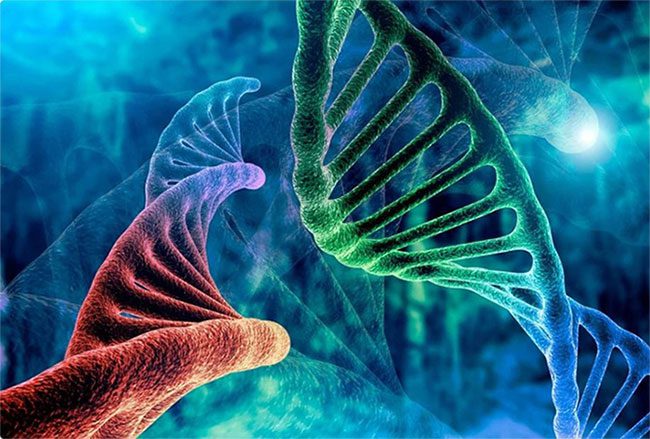The human genome consists of approximately 3 billion base pair molecules, of which only about 2% encode proteins, while the remaining 98% have less clear functions and are considered by some to be “junk DNA” with no purpose.
Now, researchers from Tel Aviv University in Israel have added important insights into why non-coding DNA (the molecule that carries genetic information) still exists.

This DNA chaos is not just scattered among genes; it often interrupts the development sequence of genes – (Photo: SHUTTERSTOCK).
This could help us better understand the rich diversity in the size of genomes across the globe.
In 1977, two scientists, Richard Roberts (a British biochemist and molecular biologist) and Philip Allen Sharp (an American geneticist and molecular biologist), discovered that this DNA chaos is not just scattered among our genes, but it often interrupts the developmental sequence of genes—an insight that later earned them the Nobel Prize.
Why hasn’t evolution cleared away this chaos in the genome through natural selection to make organisms more efficient?
In a study published in the journal Open Biology, the scientists from Tel Aviv University stated that removing any segment of “junk DNA” around coding regions could affect human survival. This is because coding parts might also be cut out simultaneously.
They found that essentially “junk DNA” acts as a buffer against mutations, protecting regions that contain sensitive sequences for protein coding.
The researchers developed a mathematical model to represent these dynamics in reality.
On the other hand, they discovered that “junk DNA” has many more viable functions; it is transcribed into RNA chains that monitor the protein production process.
What we may consider waste, over time, might be regarded as a genetic treasure; nature seems to know what it is doing.





















































